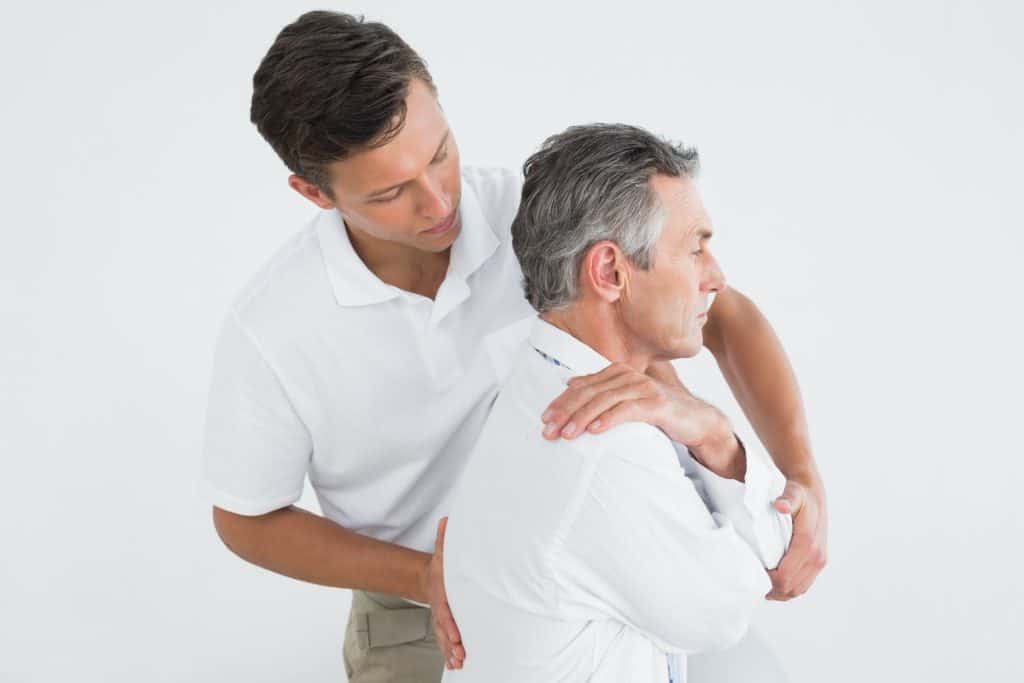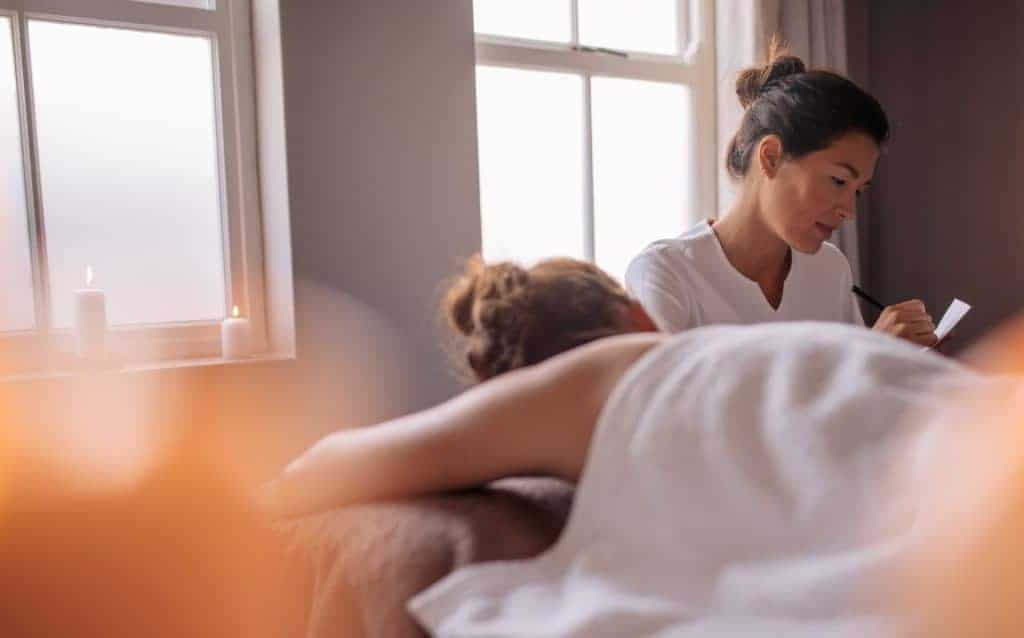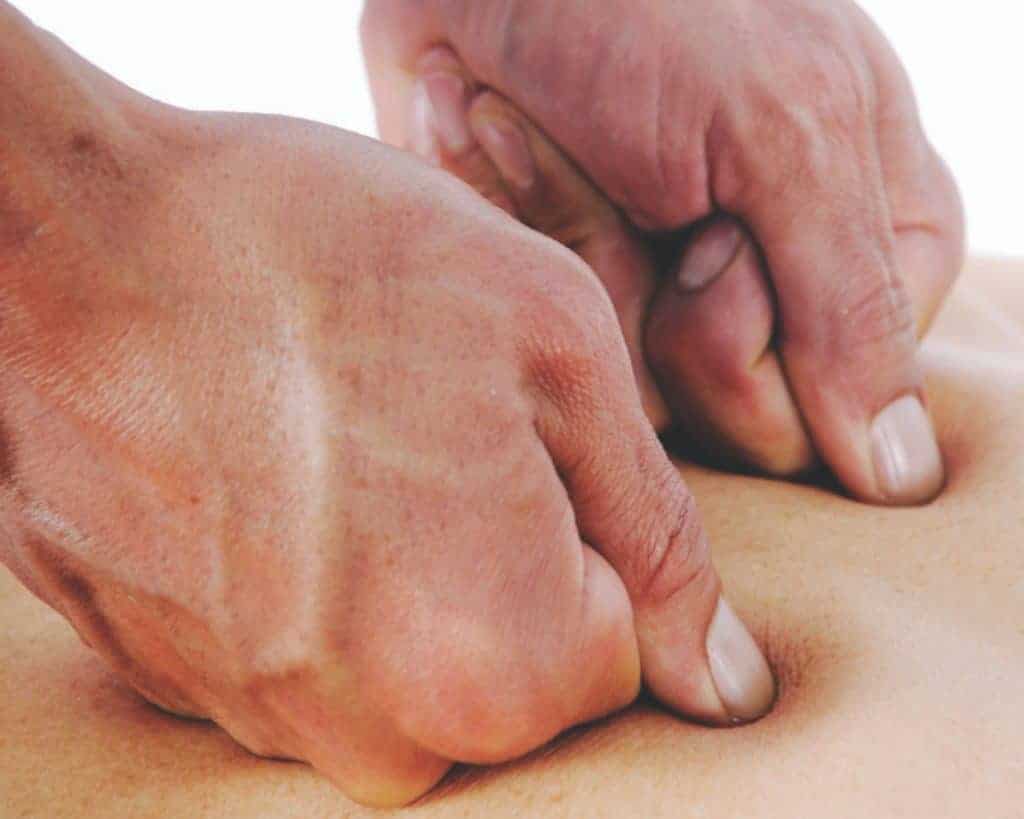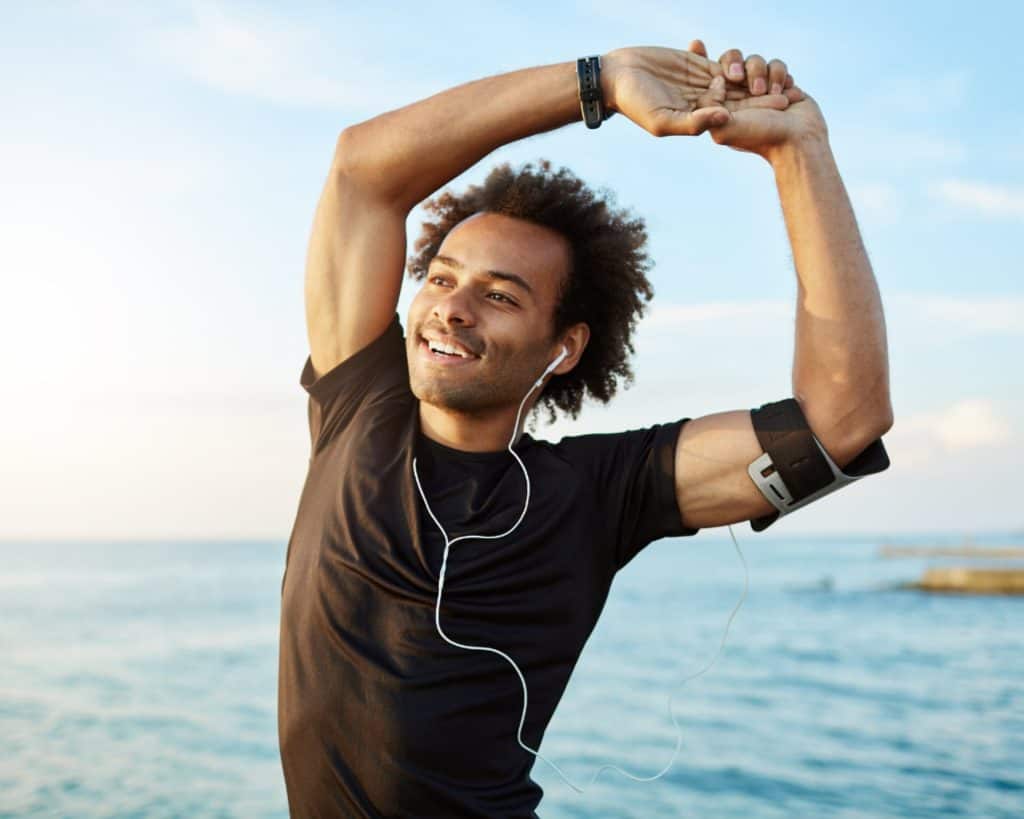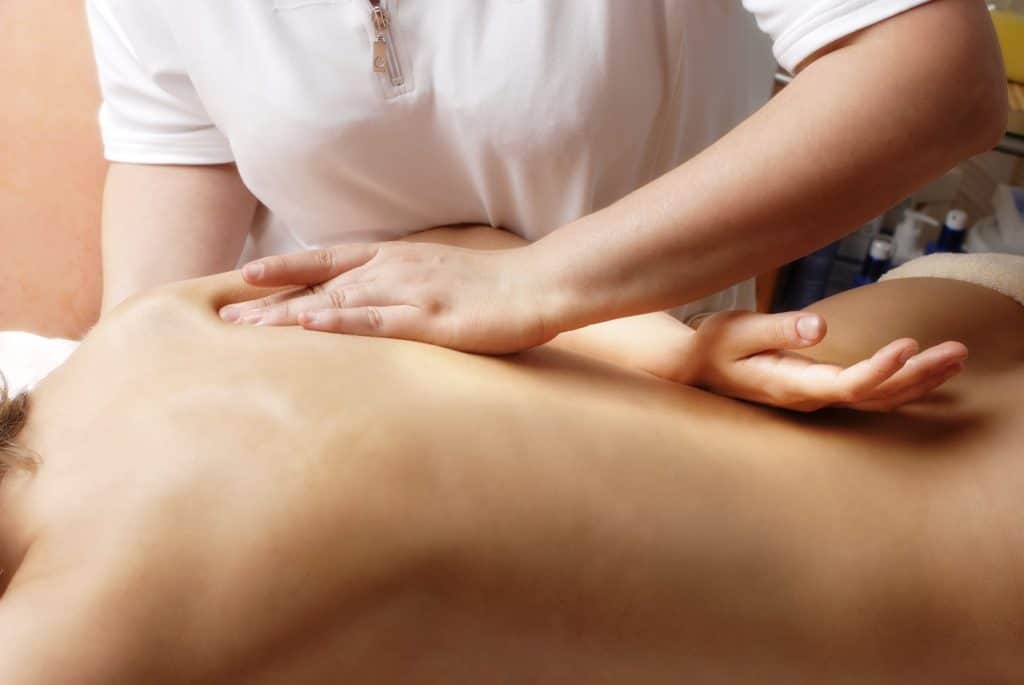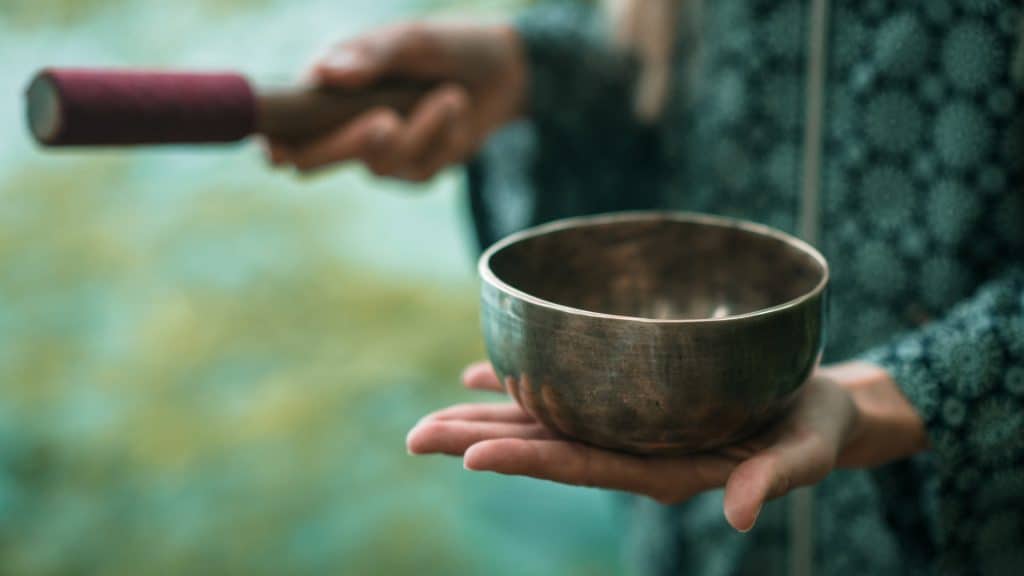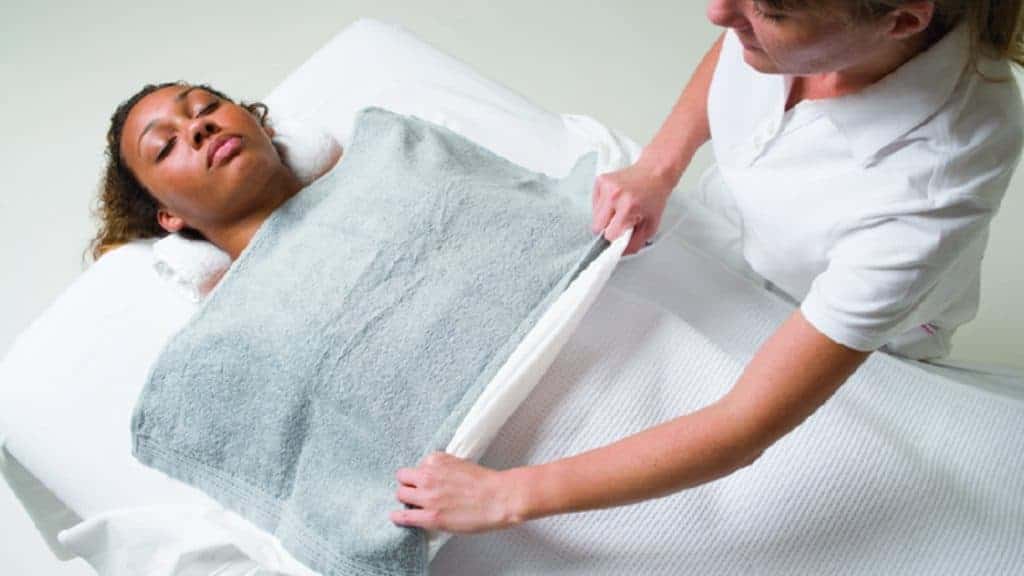Lesson 12-2: Palpation
Palpation is a continuous process in which a massage therapist feels the client’s tissue with keen attention to better understand the client’s condition, determine treatment goals, compare tissue from one session to the next, choose effective techniques, and adapt techniques if needed during the session. Palpation is both an art and an essential skill. It […]
Lesson 12-2: Palpation Read More »
